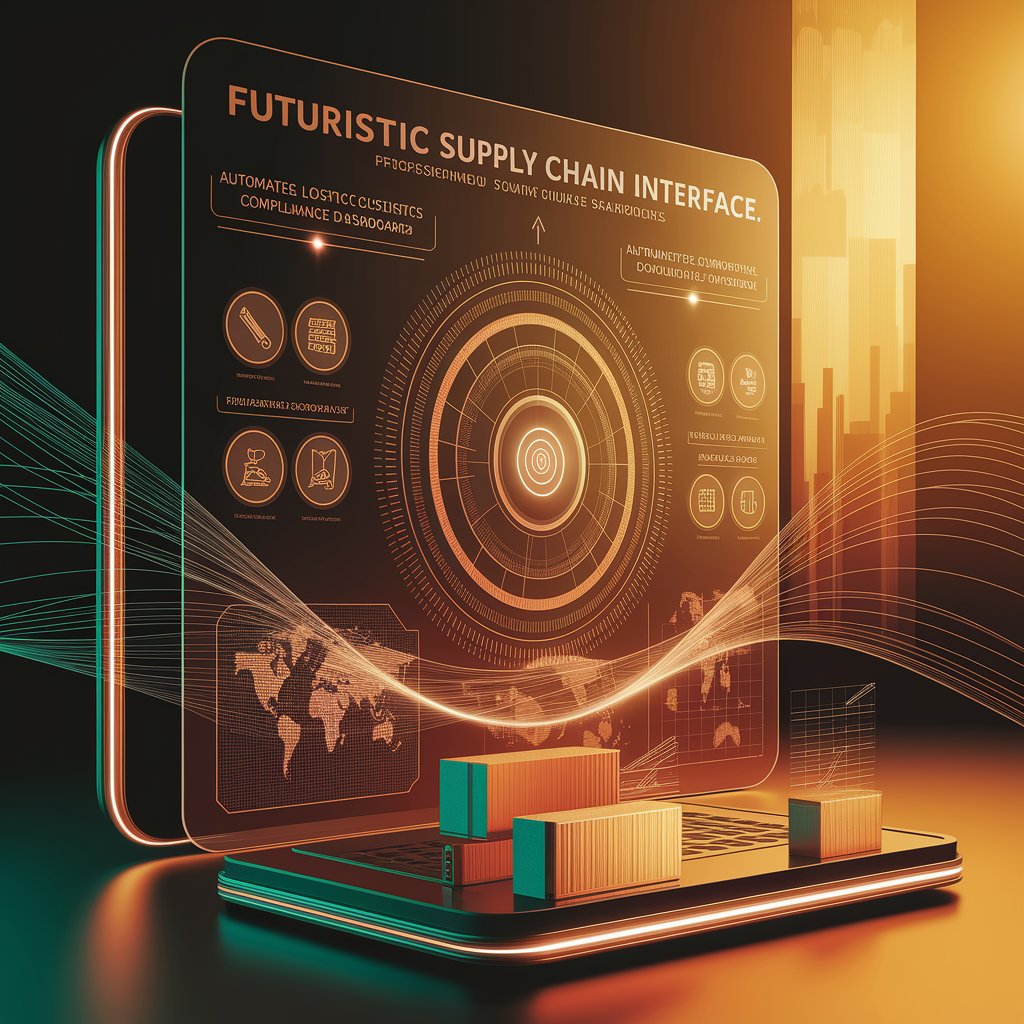Digital Logistics Compliance: Automating Regulations in Global Supply Chains

Introduction
That’s why more companies are adopting digital logistics compliance. By leveraging automation, AI, and cloud platforms, businesses can simplify compliance workflows, minimize risks, and improve efficiency across their global operations.
What Is Digital Logistics Compliance?
Digital logistics compliance refers to the use of technology platforms to automate, monitor, and manage regulatory requirements across logistics and supply chain operations. Instead of manual document processing, digital systems integrate with ERP, TMS, and customs databases to ensure accurate, real-time compliance.
It’s not just about avoiding fines—it’s about creating a resilient, transparent, and trustworthy logistics network.

Key Features of Digital Logistics Compliance
- Automated Document Processing – Generate, validate, and submit customs and trade forms.
- Real-Time Regulatory Updates – AI keeps rules and tariffs current worldwide.
- Risk Management Dashboards – Highlight compliance gaps before they cause delays.
- Data Integration – Syncs with ERP, WMS, and TMS for unified compliance workflows.
- Audit Trails – Digital records ensure transparency for inspections.
- Sustainability Compliance – Track CO₂ emissions and green trade regulations.
Benefits of Digital Logistics Compliance
- Faster Customs Clearance – Reduce bottlenecks with automated documentation.
- Error Reduction – Minimize human mistakes in tariff classification and forms.
- Cost Savings – Avoid penalties, storage fees, and unnecessary delays.
- Improved Transparency – Provide real-time compliance status to partners and customers.
- Resilience – Adapt quickly to new global regulations.
- Sustainability Alignment – Monitor compliance with environmental standards.

Real-World Applications
- Freight Forwarders – Automate customs forms and reduce processing times.
- E-commerce Companies – Streamline cross-border shipments with compliance checks.
- Pharmaceutical Logistics – Ensure adherence to strict regulatory standards.
- Cold Chain Providers – Meet safety regulations for perishable goods.
- Global Shippers – Stay compliant across multiple trade zones and markets.
Challenges in Digital Logistics Compliance
- Regulatory Complexity – Different countries impose varying and evolving rules.
- Integration Barriers – Legacy ERP and TMS may resist compliance modules.
- Data Privacy Risks – Sensitive trade and customer data must be secured.
- High Initial Costs – Compliance platforms require upfront investment.
- Cultural Resistance – Teams may be slow to trust automated compliance systems.

Best Practices for Success
- Focus on High-Impact Areas – Automate compliance in high-volume trade lanes first.
- Ensure Data Accuracy – Standardize descriptions, HS codes, and documentation.
- Integrate Across Systems – Connect compliance tools with ERP, WMS, and TMS.
- Leverage Predictive Analytics – Anticipate compliance risks before they escalate.
- Train Teams & Partners – Build trust in digital compliance workflows.
- Measure ROI – Track reductions in fines, delays, and manual labor costs.
The Future of Digital Logistics Compliance
- AI-Powered Compliance Engines – Self-learning systems adjusting to rule changes.
- Blockchain Integration – Tamper-proof documentation and trade authentication.
- Digital Twins of Compliance Workflows – Simulate new regulations before implementation.
- Global Compliance Networks – Shared platforms across carriers, shippers, and governments.
- Sustainability Compliance Automation – Advanced monitoring of emissions and green policies.
Conclusion
Digital logistics compliance is transforming global trade by replacing slow, error-prone manual processes with automated, intelligent systems. By ensuring accuracy, reducing risks, and accelerating customs clearance, digital compliance is becoming a critical enabler of smooth global logistics.
For freight forwarders, shippers, and carriers, adopting digital logistics compliance isn’t just a regulatory requirement—it’s a strategic move toward efficiency, resilience, and trust.
